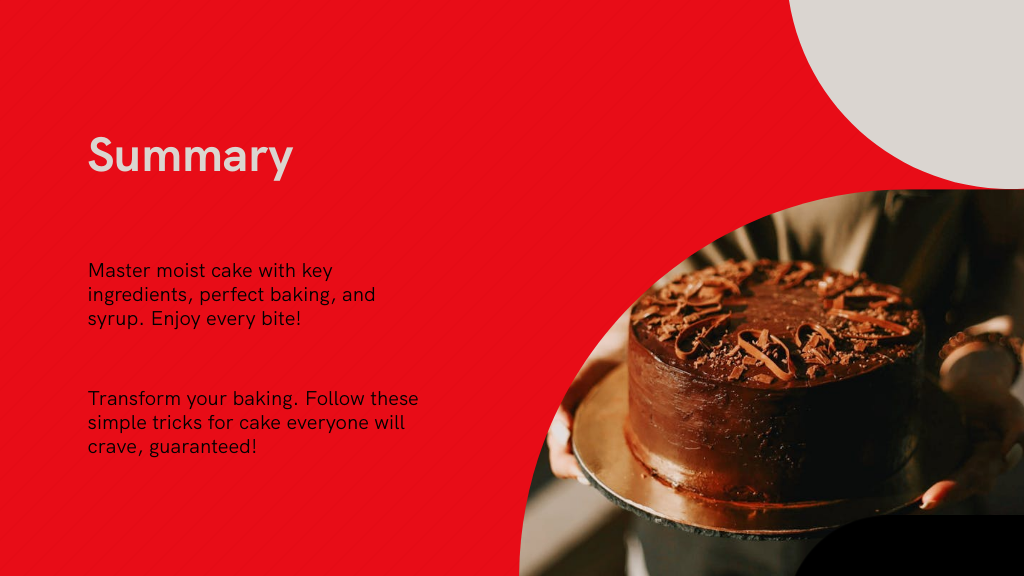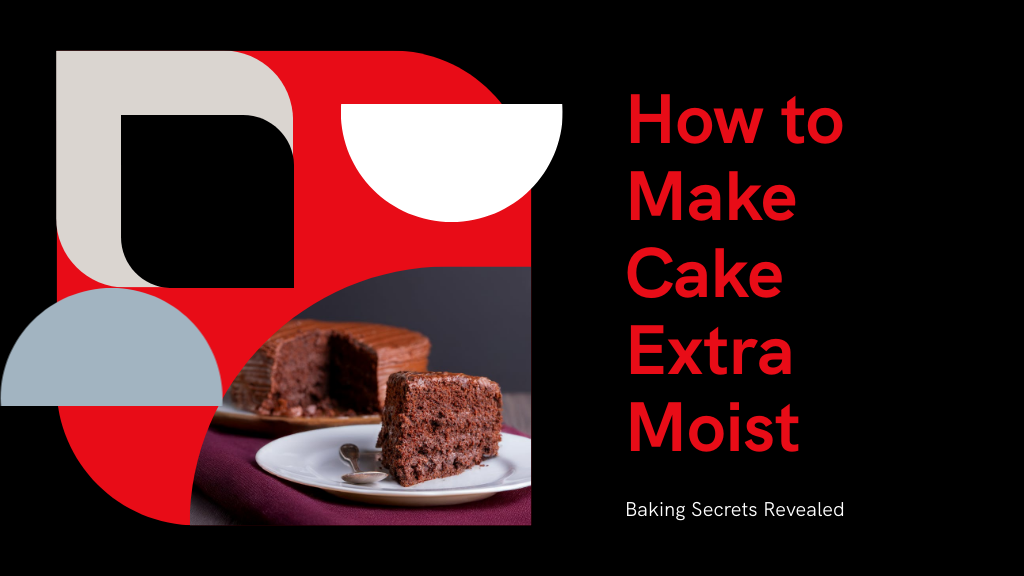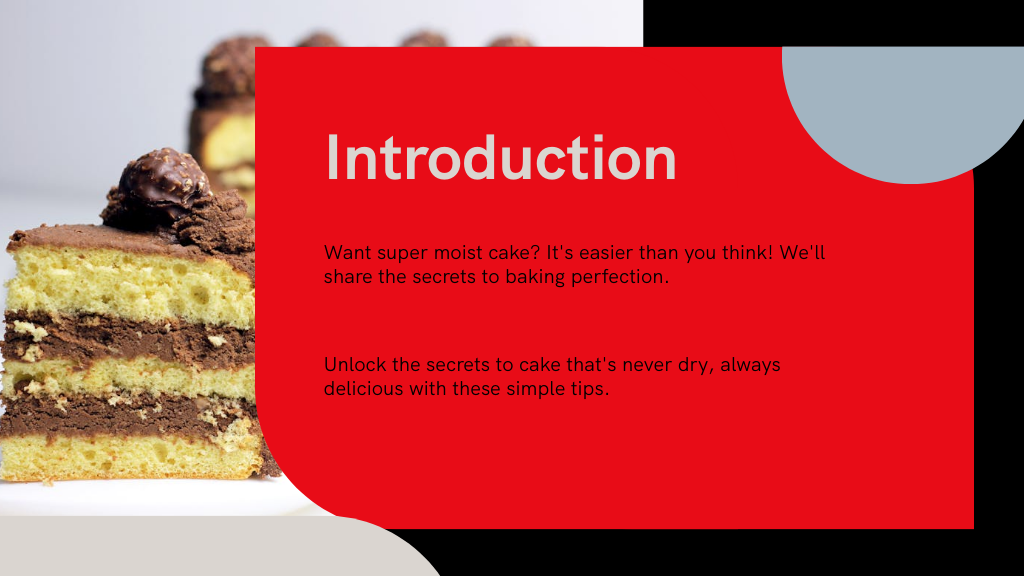
To make your cake extra moist, start by choosing ingredients like buttermilk, oil instead of butter, or fruit purees to lock in moisture. Next, bake at a lower temperature—around 300-325°F—and check doneness early to avoid drying it out. Finally, brush a simple syrup over your cooled cake before frosting to seal in moisture and add flavor. Keep exploring these tips, and you’ll discover even more ways to achieve the perfect moist cake.
Choose Moisture-Rich Ingredients
When you want a truly moist cake, choosing the right ingredients is key. To understand how to make a moisture cake, start by swapping regular milk for buttermilk; its acidity breaks down gluten, softening the crumb.
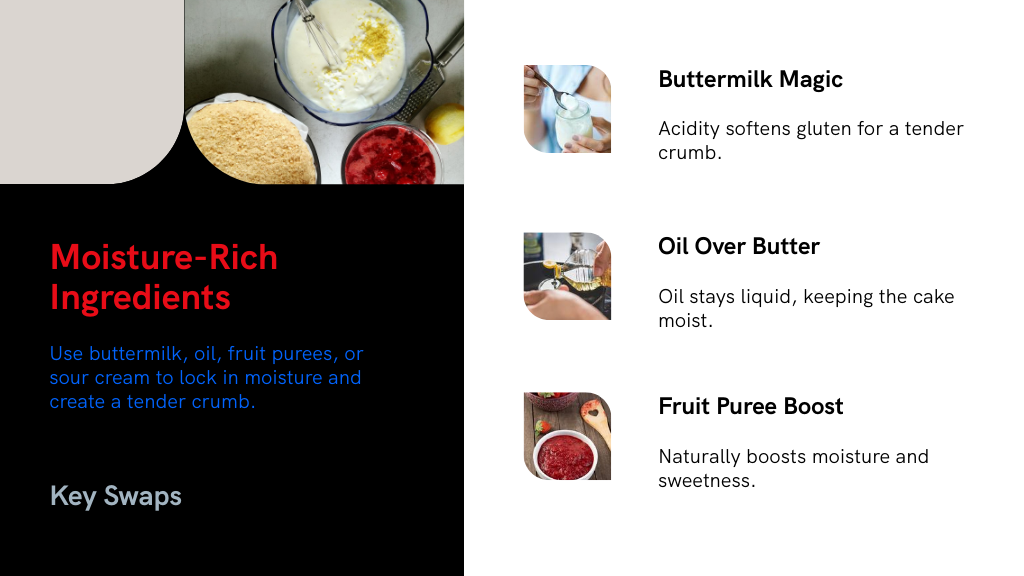
For a truly moist cake, start by using buttermilk to soften the crumb and enhance tenderness.
Using vegetable oil instead of butter—or alongside it—helps keep your cake moist since oil stays liquid at room temperature. You can also add instant pudding mix or Instant Clearjel to the batter; about 1/4 cup per 2 cups of flour enhances moisture retention and fluffiness.
For extra richness without overpowering flavor, mix in sour cream or mayonnaise. Fruit purees like applesauce are great too, naturally boosting moisture and sweetness. These simple swaps and additions are your foundation for how to make cake extra moist every time.
Master Baking Temperature and Timing
Although it might be tempting to bake your cake at the highest temperature to speed things up, keeping your oven between 300-325°F is crucial for retaining moisture and achieving a tender crumb. This lower temperature guarantees even baking, preventing the outside from drying out before the inside is fully cooked.

To know how to bake a moist cake, start checking for doneness 5-7 minutes before the recipe’s suggested time. Use a toothpick—it should come out with a few moist crumbs, not completely clean.
An oven thermometer helps maintain the right temperature since oven variances can affect moisture. Remember, every oven is different, so adjust baking time accordingly. Mastering temperature and timing is key to how to make a moist cake every time.
Enhance Moisture With Simple Syrups and Glazes
Getting your oven temperature and timing just right sets the foundation for a moist cake, but you can take moisture retention a step further by using simple syrups and glazes.
Simple syrup, made by heating equal parts water and sugar until dissolved, can be brushed onto your cooled cake to lock in moisture. This technique is a key part of how to make a moist cake, especially when your cake turns out a bit dry.
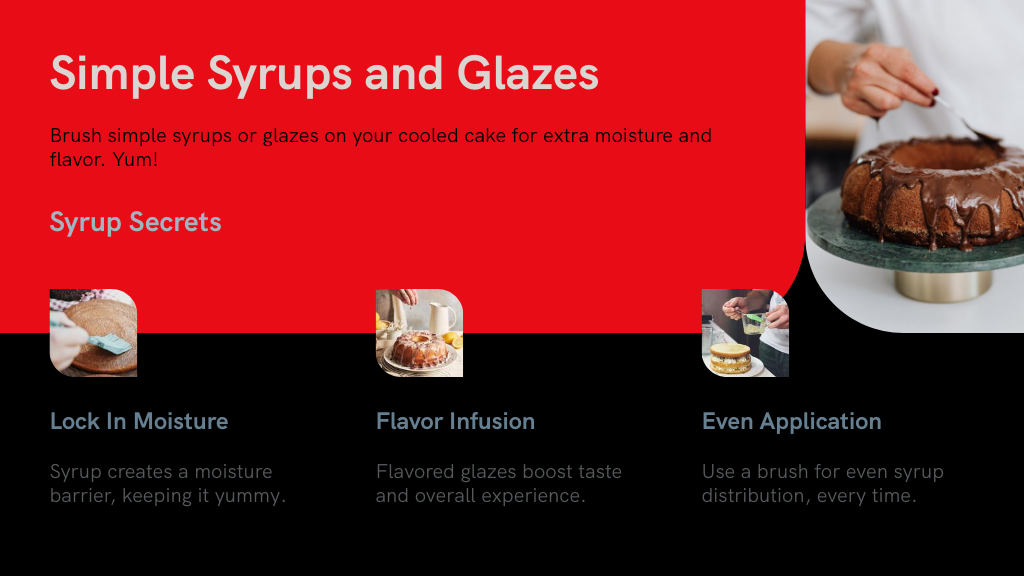
Flavored glazes like lemon or cream of coconut not only add moisture but enhance flavor, perfect for complementing specific cakes. Use a silicone pastry brush to apply syrup evenly, avoiding sogginess.
Applying syrup before frosting creates a moisture barrier, essential for how to make cake mix moist and maintain texture during storage and serving.
Conclusion
By choosing moisture-rich ingredients, nailing your baking time and temperature, and adding simple syrups or glazes, you’ll transform your cake into a moist masterpiece. Imagine Sarah, who struggled with dry cakes until she started brushing hers with a lemon syrup right after baking—her friends couldn’t get enough! You can do the same. Just a few small tweaks will have your cakes delightfully soft and irresistible every time. Give it a try!
